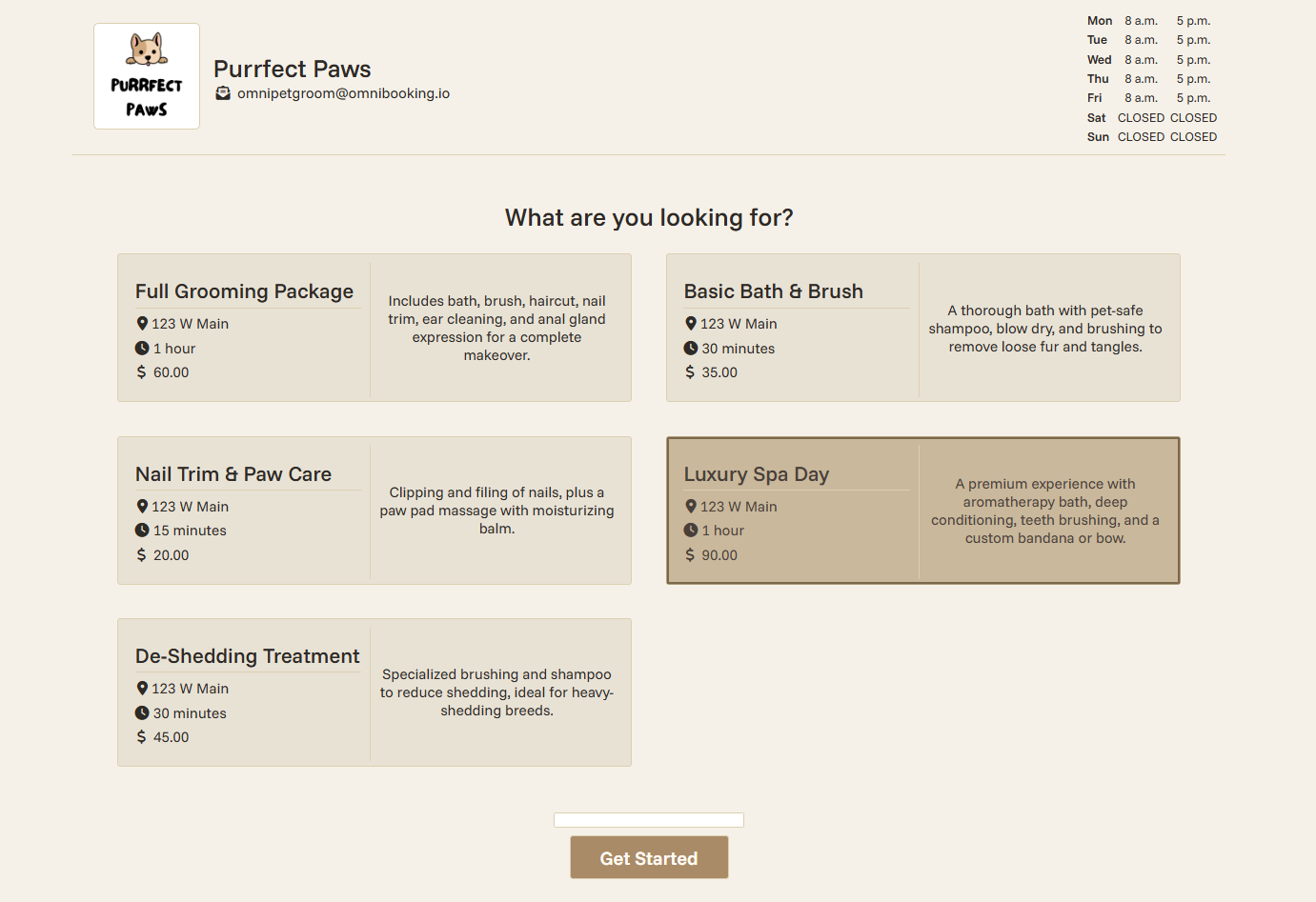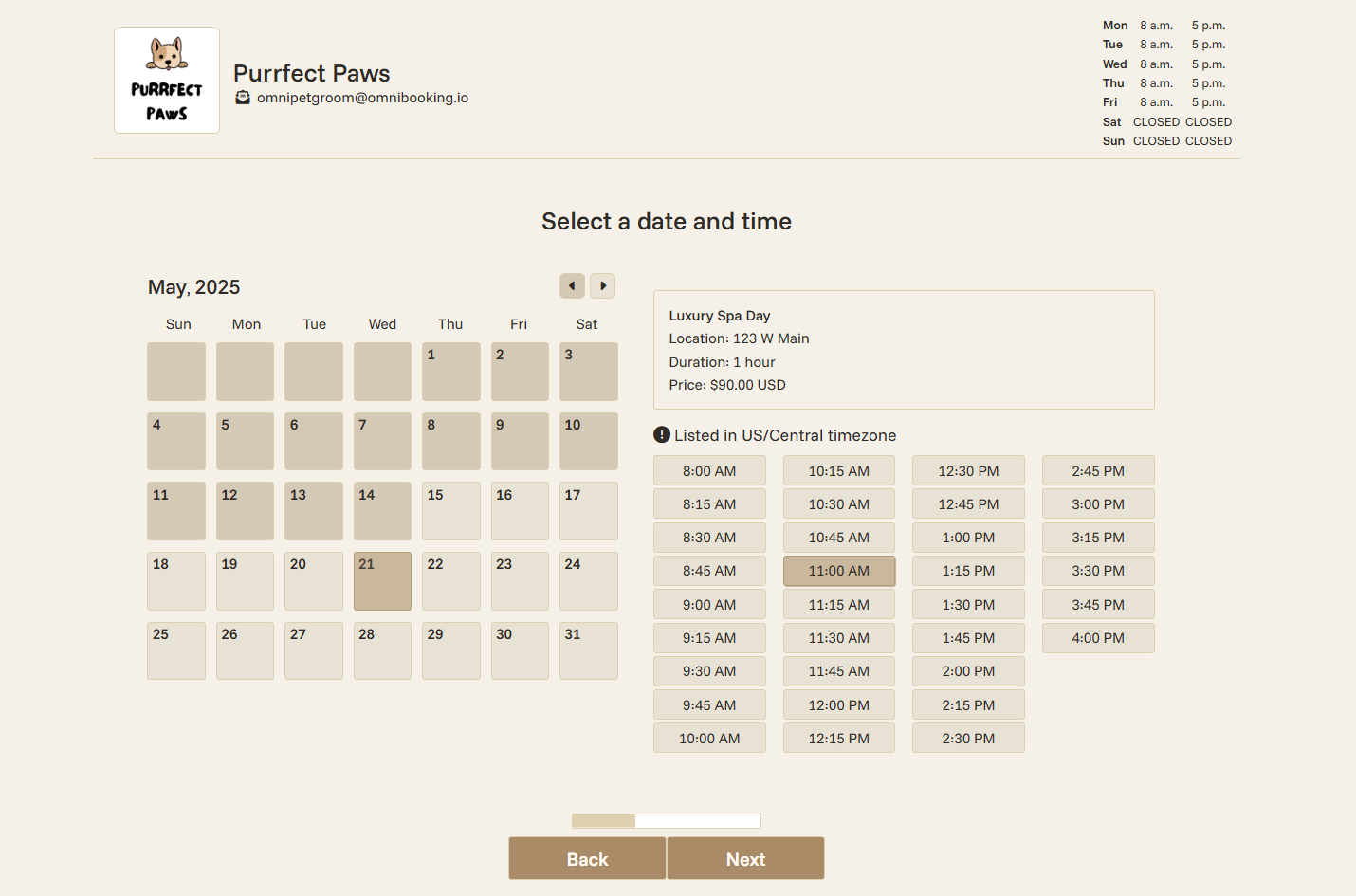The Role of Manual Payment Options in a Digitally-Driven Payment Landscape
4 minute readSmall business service providers face an evolving payment ecosystem where digital solutions dominate customer expectations. While automated payment processing through platforms like Stripe Connect offers efficiency and convenience, manual payment options continue to serve critical functions that cannot be entirely replaced by digital alternatives.
Understanding the Balance Between Automated and Manual Payment Processing
Modern booking platforms provide sophisticated payment automation features, including integrated paywalls and real-time transaction processing. These systems streamline the customer experience by allowing clients to book services and complete payments in a single workflow. However, certain business scenarios require the flexibility that only manual payment handling can provide.
Service providers who offer variable priced services often need to negotiate pricing outside of their booking platform before finalizing transactions. This approach allows for customized quotes based on specific client requirements, project scope, or market conditions that automated systems cannot adequately address.

When Manual Payment Options Become Essential
Variable location services present unique challenges for automated payment processing. When clients enter their specific locations for service delivery, factors such as travel distance, accessibility, and local market rates may influence final pricing. Manual payment processing allows service providers to account for these variables while maintaining transparent communication with clients.
Complex service packages that require consultation or customization benefit from manual payment workflows. Rather than forcing clients through rigid automated systems, providers can use their booking pages for initial service selection and scheduling while handling payment negotiations through direct communication channels.

Implementing Hybrid Payment Strategies
Successful service providers often implement hybrid approaches that combine automated and manual payment options. Booking platforms can handle standard service bookings with fixed pricing through integrated payment processing, while maintaining flexibility for custom projects requiring manual intervention.

Optimizing Manual Payment Workflows
Effective manual payment management requires systematic approaches to maintain professionalism and efficiency. Service providers should establish clear communication protocols for discussing pricing with clients, including standardized quote formats and payment term explanations.
Modern booking platforms support manual payment workflows through features like automated reminders and calendar management tools. These systems can send payment reminders to clients while allowing providers to track outstanding invoices through centralized dashboards with analytics capabilities.
For more detailed guidance on optimizing these processes, explore 5 Best Practices for Streamlining Manual Payment Workflows.

Technology Integration for Manual Payment Support
Modern booking platforms provide tools that support manual payment processes without sacrificing professional presentation. Features like business logo uploads, theme selection for booking pages, and QR codes for easy access help maintain brand consistency even when payments are processed manually.
Calendar integration capabilities, including ICS attachment emails and import/export functionality, ensure that manually processed bookings integrate seamlessly with existing scheduling systems. This integration prevents double-booking and maintains accurate availability management regardless of payment processing method.
Planning Your Payment Strategy Evolution
Service providers should regularly evaluate their payment processing needs as their businesses grow. What begins as primarily manual payment handling may gradually shift toward increased automation as service offerings standardize and client volume increases.
Understanding the available options for Transitioning from Manual to Automated Payment Solutions helps providers make informed decisions about when and how to evolve their payment strategies.
Maximizing Client Satisfaction Through Payment Flexibility
Client preferences for payment methods vary significantly across different demographics and service types. Some clients prefer the immediate confirmation that comes with automated payment processing, while others value the personal interaction and flexibility of manual payment arrangements.
Service providers who offer multiple payment options often see improved client retention and referral rates. The ability to accommodate different payment preferences demonstrates customer-focused service delivery that extends beyond the core service offering.
For comprehensive guidance on selecting the right combination of features for your business, review 5 Key Features Every Small Business Owner Should Look for in Booking Software.
Future-Proofing Your Payment Strategy
The payment landscape continues evolving, but manual payment options will likely remain relevant for service providers who offer customized solutions or operate in markets where personal relationships drive business success. The key lies in maintaining systems that support both approaches effectively.
Successful service providers invest in booking platforms that offer comprehensive feature sets, including both automated payment processing through solutions like Stripe Connect and the flexibility to handle manual payments when business needs require it. This approach ensures adaptability as market conditions and client expectations continue to change.
To learn more about implementing effective payment strategies, visit The Role of Manual Payment Options in a Digitally-Driven Payment Landscape for additional insights and practical implementation guidance.